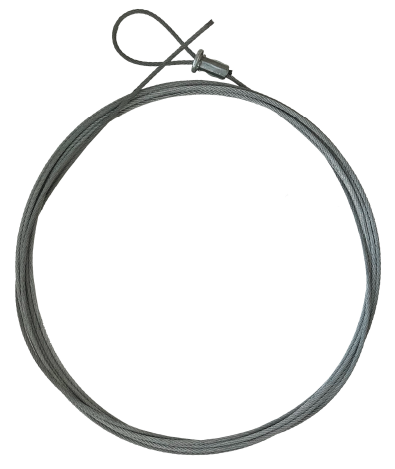ALUZINC ALLOY wire is a steel wire with a high carbon content with a coating consisting of a zinc (95%) and aluminium (5%) alloy, which gives the final product an excellent resistance to corrosion, guaranteeing its durability for at least the entire life of the vineyard, and a special cathodic protection in correspondence of any potential cuts and abrasions. This wire has a lower extension, an increase of the breaking load up to 50% and a higher resistance to fatigue stresses.
- Remarkable increase in breaking loads compared to common galvanized wires, allowing the use of smaller diameters and thus reducing plant costs;
- Higher resistance to fatigue stresses;
- It is sufficiently malleable, facilitating the binding operations;
- It preserves its mechanical features unchanged for the entire duration of the vineyard and even beyond (50 years);
- It is particularly resistant to the corrosive action of pesticides agents and fertilizers thanks to the zinc (95%) aluminium (5%) coating that forms a cathodic protection even in correspondence of potential cuts and abrasions.








